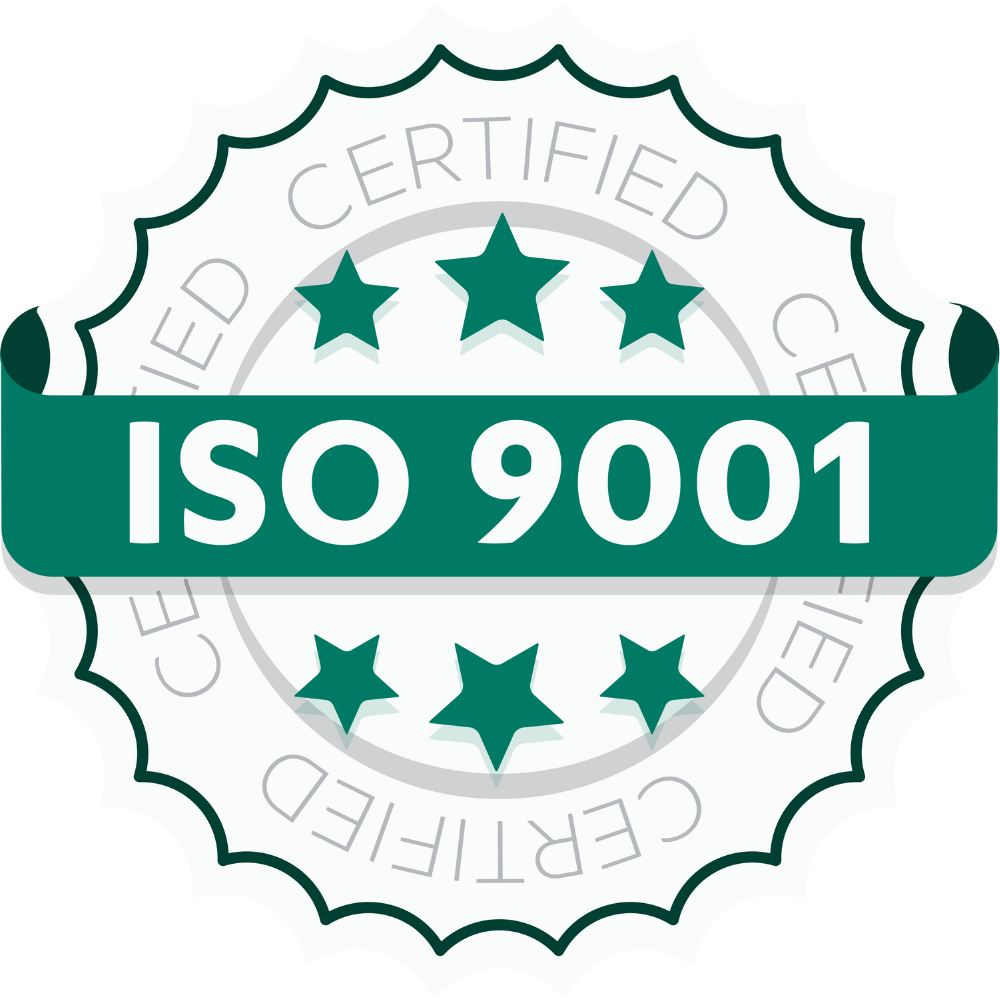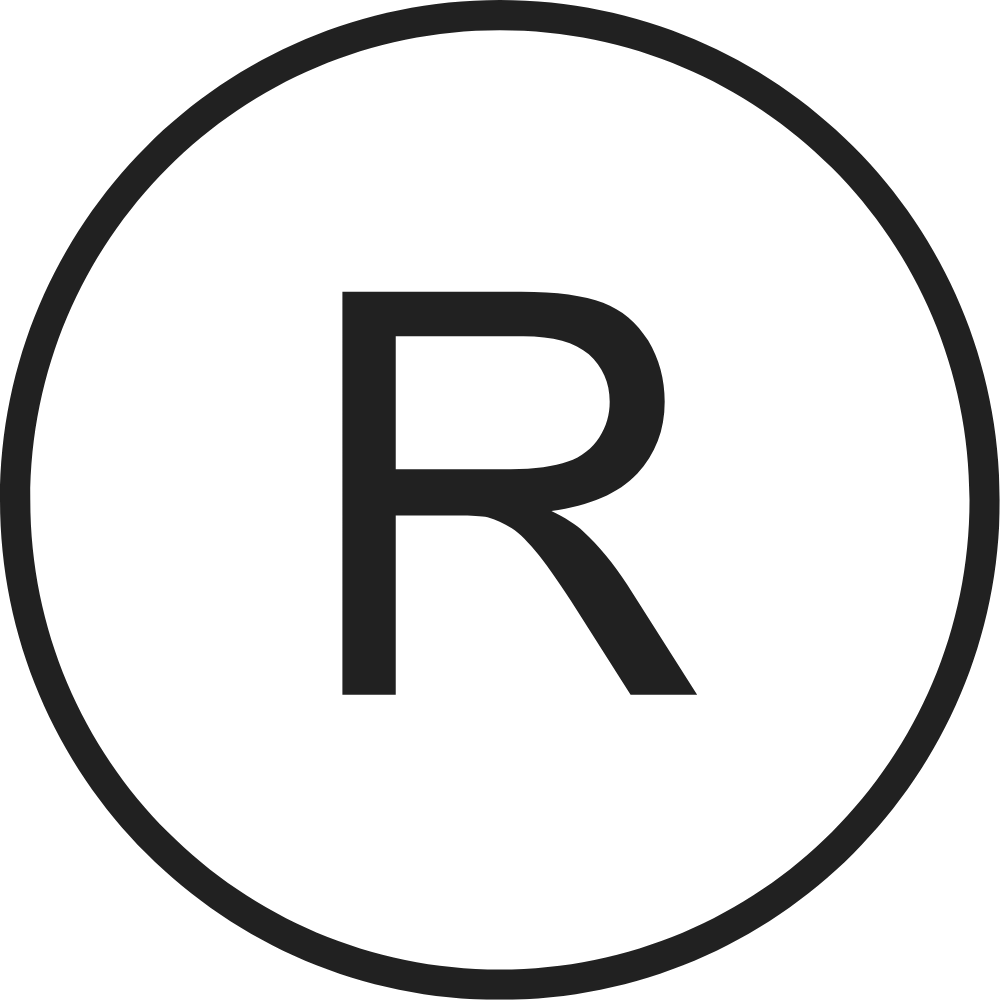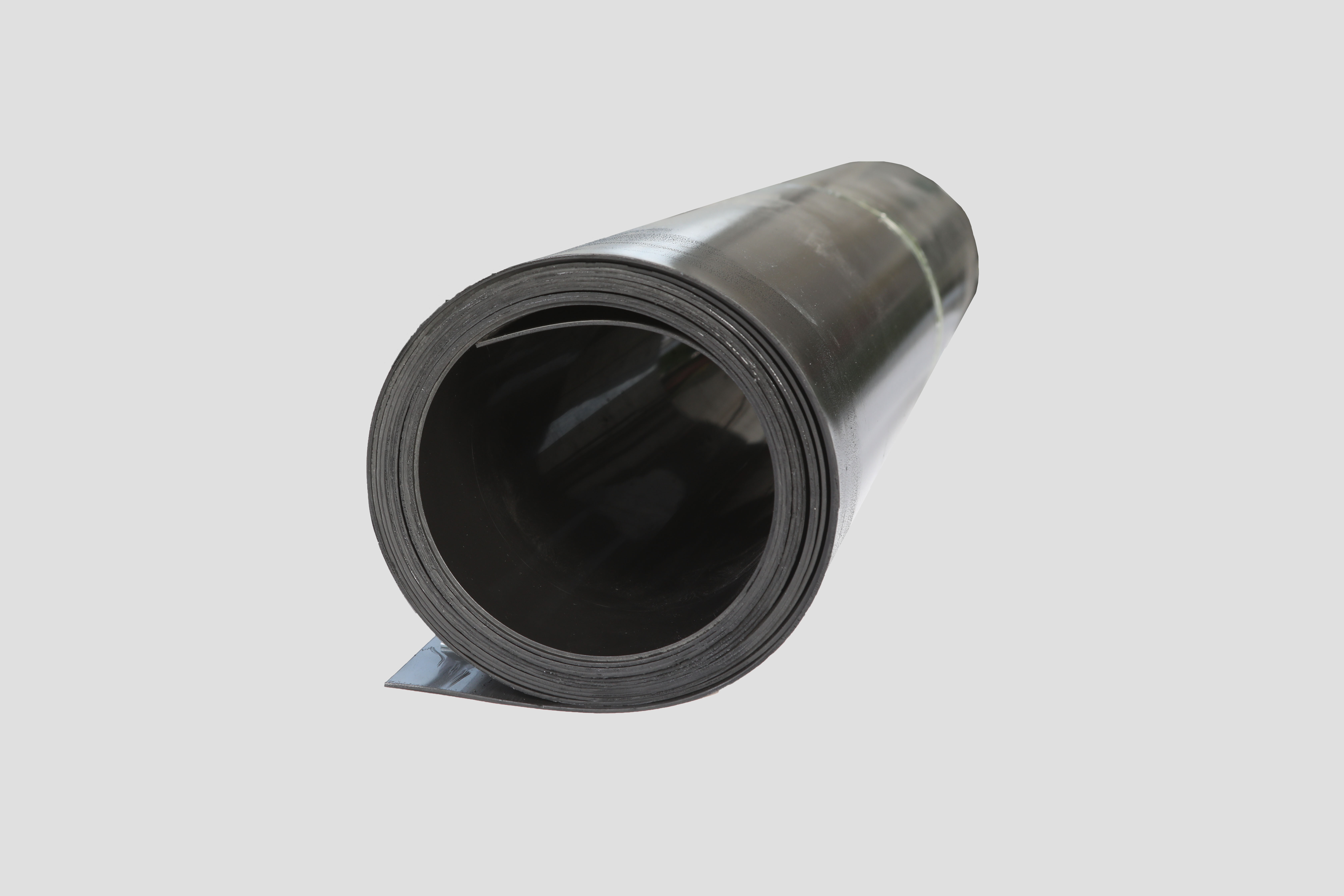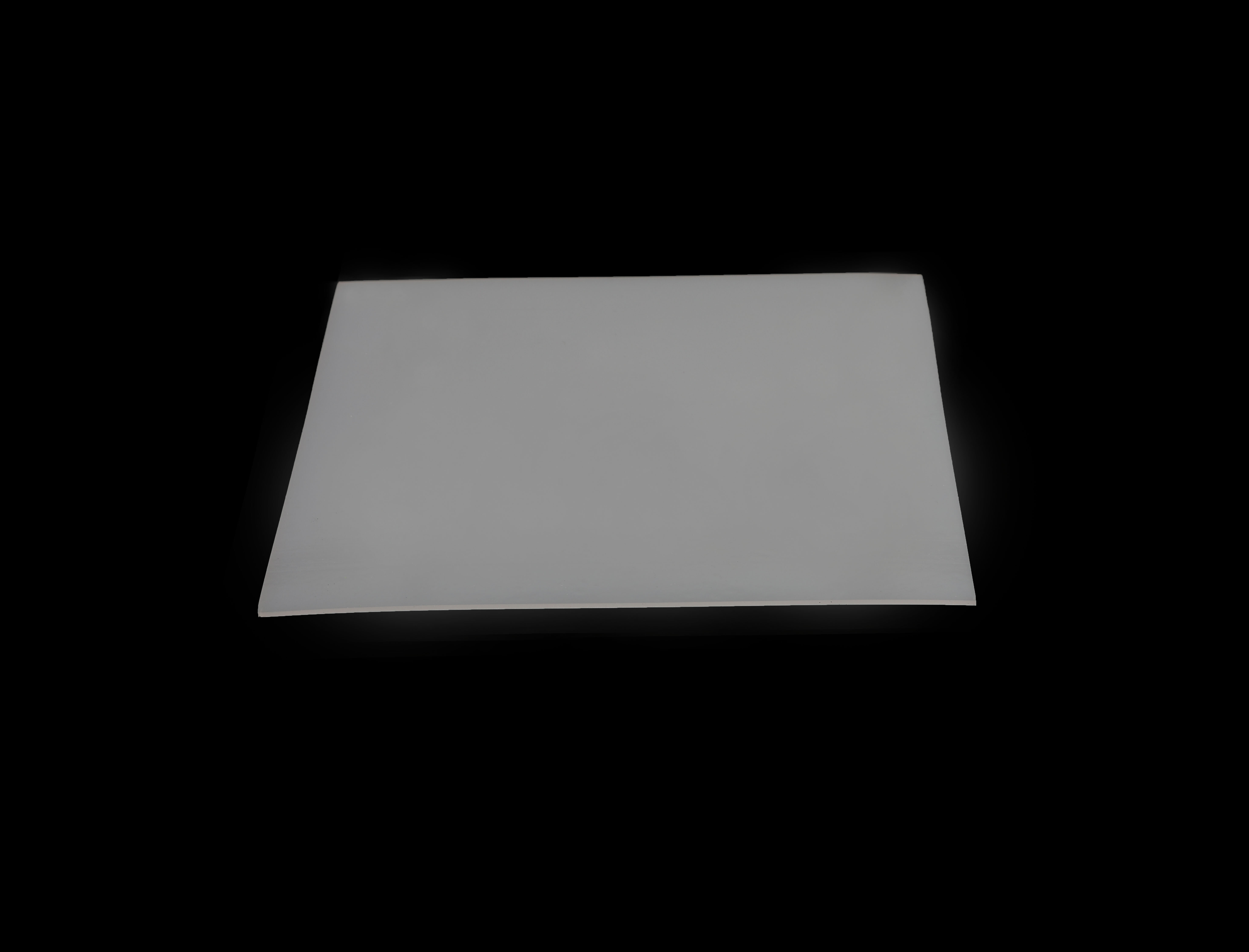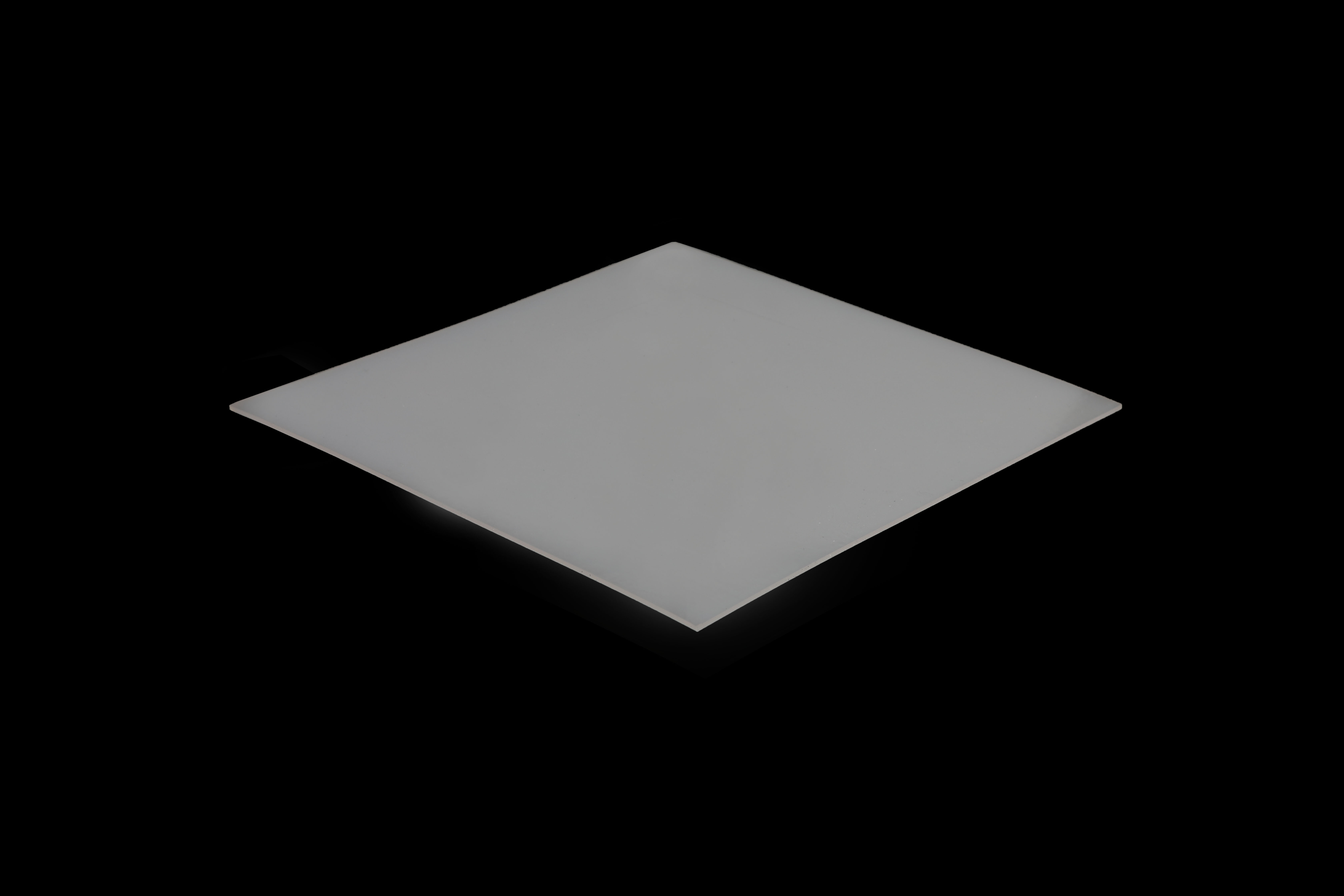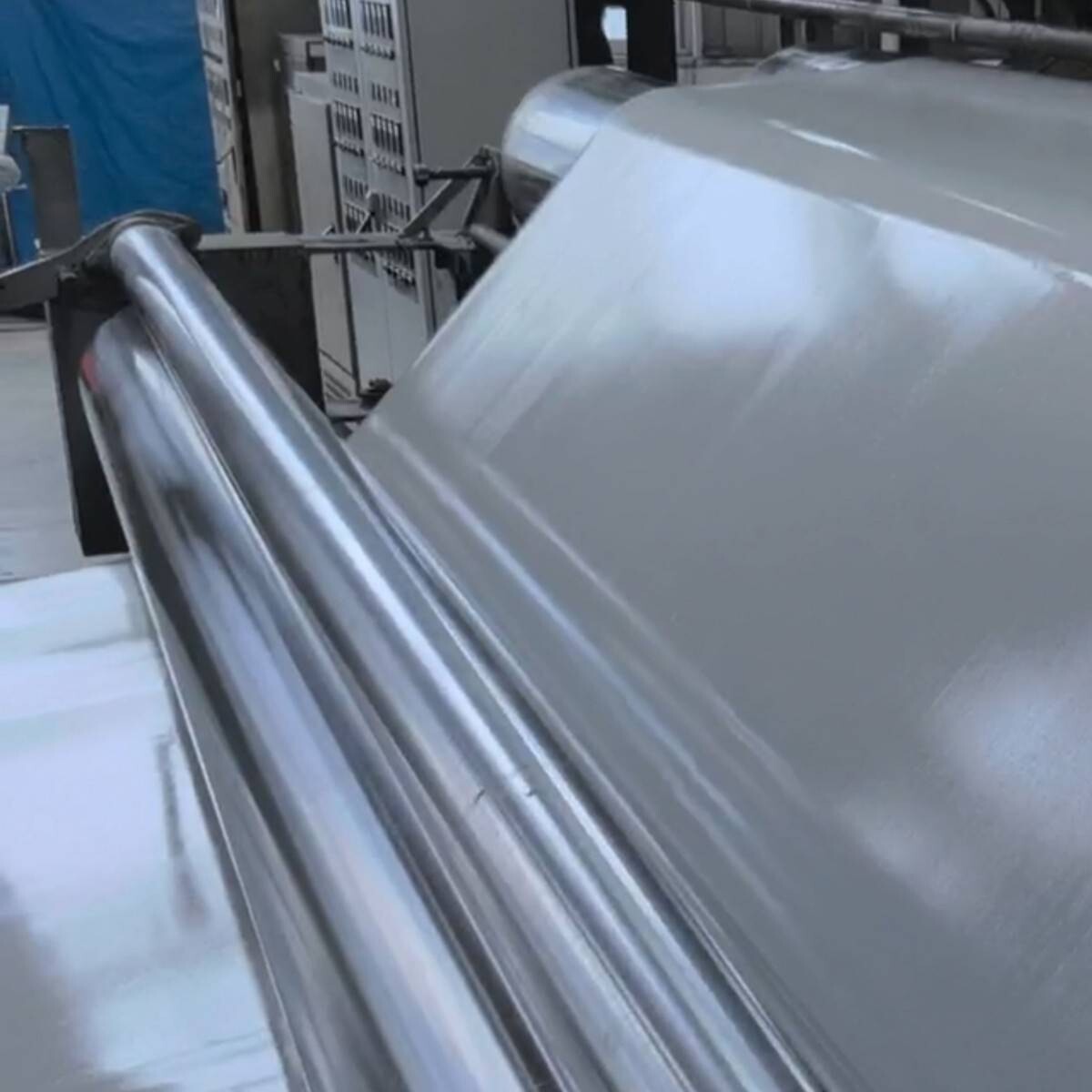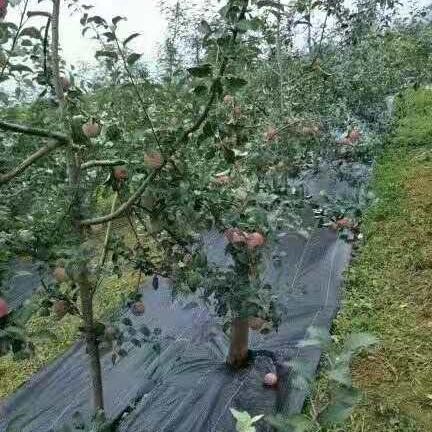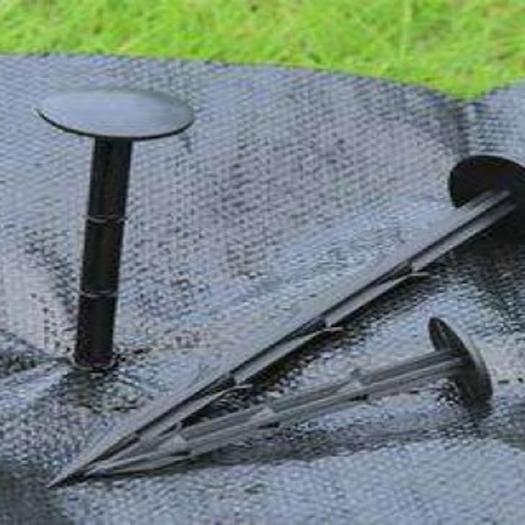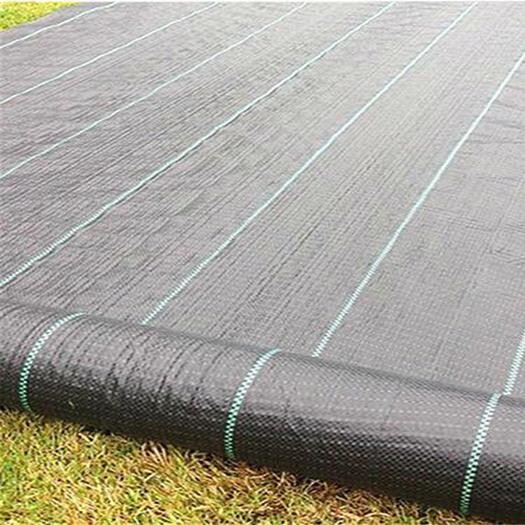Product Overview
Polyethylene Geomembrane is a versatile and widely used synthetic liner, primarily made from HDPE (High-Density Polyethylene) or LDPE (Low-Density Polyethylene). This geomembrane is designed to provide effective waterproofing and containment solutions for a range of applications, including landfills, ponds, reservoirs, aquaculture, and civil construction projects. Due to its excellent resistance to water, chemicals, UV radiation, and mechanical stresses, Polyethylene Geomembrane ensures long-term performance and environmental protection.
The Polyethylene Geomembrane is available in various thicknesses and widths to meet the specific needs of each project. Its ability to form a continuous, impermeable barrier makes it highly effective for preventing contamination and leakage, reducing maintenance costs, and improving the overall efficiency of projects that require water or chemical containment.
Product Features
- Waterproofing: Provides an excellent barrier against water leakage, helping to maintain the integrity of containment systems such as landfills, ponds, and reservoirs.
- Chemical Resistance: Resists a wide range of chemicals, including oils, solvents, and acidic or alkaline solutions, ensuring its durability and reliability in harsh environments.
- UV Resistance: Polyethylene Geomembrane is designed to resist degradation caused by UV radiation, making it suitable for outdoor and exposed applications where prolonged sunlight exposure is a concern.
- High Mechanical Strength: With excellent tensile strength, puncture resistance, and flexibility, this geomembrane can withstand physical stress from the surrounding environment, construction activities, and load-bearing requirements.
- Environmental Protection: Helps to prevent contamination of soil and groundwater by providing a reliable barrier against pollutants and hazardous materials.
- Long-Term Durability: The material is designed to last for decades with minimal maintenance, making it a cost-effective solution for large-scale containment projects.
- Flexibility & Workability: Remains flexible even in low temperatures, making it easy to handle and install, especially in challenging conditions or on uneven surfaces.
- Eco-Friendly: Polyethylene Geomembrane is recyclable, contributing to environmental sustainability in construction and waste management.
Product Specifications
- Material: Available in HDPE (High-Density Polyethylene) and LDPE (Low-Density Polyethylene), both offering excellent chemical resistance, durability, and impermeability. HDPE is more commonly used for applications requiring high strength and durability, while LDPE offers more flexibility for applications with complex shapes.
- Thickness: Typically available in thicknesses ranging from 0.5 mm to 2.5 mm, depending on the specific requirements of the project and environmental conditions.
- Width: Common widths range from 4 meters to 7 meters, although custom widths can be manufactured to accommodate specific project sizes and installation conditions.
- Length: Rolls are usually available in lengths of 50 meters to 100 meters, with custom lengths possible for large-scale applications.
- Tensile Strength: Tensile strength ranges from 15 MPa to 30 MPa, providing strength and durability for demanding applications.
- Elongation at Break: Typically ranges from 10% to 20%, ensuring flexibility and preventing tears during installation or in challenging environments.
- Permeability: Low permeability (less than 1 x 10^-13 cm/s) ensures effective containment of water, chemicals, and pollutants, preventing leakage and contamination.
- Color: Primarily black to provide UV resistance and prevent the growth of algae, though other colors may be available for specific project needs.
Applications
- Landfills: Commonly used in landfill liners to prevent leachate from contaminating the surrounding soil and groundwater, making it essential for waste management systems.
- Ponds and Reservoirs: Ideal for lining ponds, reservoirs, and water storage facilities to prevent water loss and contamination, while also providing long-lasting protection.
- Aquaculture: Used in fish farms, shrimp ponds, and other aquaculture applications to contain water, reduce contamination, and promote sustainable farming practices.
- Agriculture: Used in irrigation ponds, agricultural reservoirs, and water diversion systems to ensure water retention and minimize loss.
- Mining: Applied in mining projects for tailings dams, heap leach pads, and other mining-related containment systems to protect the environment from harmful chemicals.
- Stormwater Management: Used in stormwater retention ponds and detention basins to contain runoff and prevent flooding, ensuring the proper management of rainwater.
- Construction: Suitable for waterproofing foundations, basement walls, tunnels, and other underground structures in construction projects where water ingress is a concern.
Construction Recommendations
Site Preparation: Ensure the installation surface is free from sharp objects, debris, and irregularities that could damage the geomembrane. A smooth, compacted surface is essential for ensuring proper adhesion and performance.
Installation Method: Polyethylene Geomembrane can be unrolled and laid flat over the prepared surface. Seams between sheets should be heat welded or extrusion welded to ensure a secure, impermeable seal. Overlap seams by at least 6 inches (15 cm) and ensure proper welding to avoid leaks.
Seam Welding: The welding process must be carefully executed to ensure that seams are strong and impermeable. Vacuum tests or air pressure tests should be used to ensure no leakage occurs at the seams after installation.
Protection During Installation: To prevent punctures or damage, handle the geomembrane with care during transportation and installation. Protective layers, such as geotextile fabrics, should be used if the geomembrane will be subjected to mechanical stress or abrasion.
Backfilling and Covering: Once installed, the geomembrane should be covered with a layer of soil, gravel, or sand to protect it from UV degradation, physical damage, and weather exposure. This covering also helps to reduce algae growth and maintain the overall integrity of the geomembrane.
Inspection and Maintenance: Regular inspection is essential to ensure the geomembrane's long-term performance. If any damage, punctures, or leaks are found, prompt repairs should be made using compatible welding or patching techniques.
FAQ
- What can you buy from HONGYUE?
Geogrid, Geomembrane, Geocell, Geotextile and other geosynthetic materials.
- What you can expect from HONGYUE?
Competent and knowledgeable technical engineers .
Customized service according to engineering requirements .
Complete solutions for product design, delivery and installation in construction projects .
Offer various complementary product portfolio and contract project.
- How can HONGYUE guarantee quality?Always a pre-production sample before mass production;
Always final Inspection before shipment - What is your sample policy?
We can provide the sample free, you just pay for the transportation freight then you can get 3-5 days.
- What is the services can HONGYUE provide?Accepted Delivery Terms: FOB,CFR,CIF,EXW,DDP,Express Delivery,and so on ;
Accepted Payment Currency:USD,CNY;Euro;and so on ;
Accepted Payment Type: T/T,L/C,MoneyGram,Credit Card,PayPal,Western Union,Cash - Are you manufacturer or trading company ?
We are a professional manufacturer
- How about your delivery time?The specific delivery time depends on the items and the quantity of your order.
Inquiry about this product
Related Recommendations
If there is no accurate search result, please contact us and we will respond within 24 hours.


